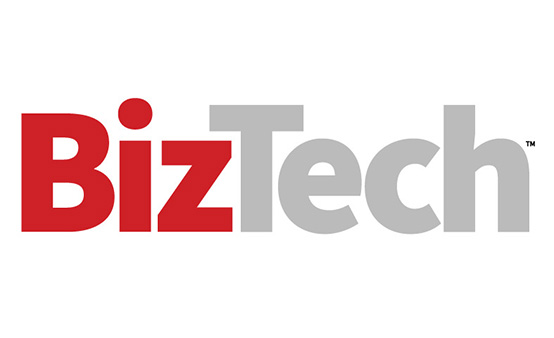Copilot for Microsoft 365 is already offering practical benefits for small and midsize businesses. According to a recent Forrester report, Copilot can deliver as much as a 6% increase in net revenue, a 20% reduction in operating costs and a 25% acceleration in new-hire onboarding.
ROI estimates, meanwhile, range between 132% and 353%. The difference in these figures is largely determined by how effectively SMBs can apply Microsoft 365 Copilot to day-to-day operations.
Considering Copilot but not sure where to start? Let’s explore how your business can maximize the value of Microsoft’s artificial intelligence.
RELATED: The IT services and security strategies that support small businesses.
Four Ways to Make the Most of Copilot
The scope of generative AI is often overwhelming for small and midsize businesses. Some companies respond by avoiding AI, while others go all in. Both approaches can lead to missed opportunities.
Here are four ways to make the most of Copilot for Microsoft 365:
- Streamline routine tasks. Copilot can help streamline tasks such as managing emails, creating documents and tracking schedules. For example, Copilot in Outlook can summarize long email threads and reports to save time; Copilot in Word can help draft and edit documents. At scale, Copilot can use data from Outlook and Teams to provide a daily schedule for staff.
- Enhance data analytics. Copilot can also pull data from multiple sources to discover new patterns or trends. These sources can include Teams meeting notes, emails or data stored in Excel spreadsheets.
- Foster collaboration. Using Copilot, SMBs can receive post-meeting summaries that highlight key points and action items, known as an “intelligent recap.” In combination with details about current or upcoming projects, Copilot can help create project plans and timelines that account for staffing levels, required resources and milestones.
- Ensure data security and compliance. Copilot adheres to existing security, privacy and compliance policies within Microsoft 365. Businesses can set access restrictions based on user roles or other factors to ensure confidentiality.
READ MORE: Three ways Microsoft Copilot can boost productivity.
Best Practices for Copilot Implementation
While Copilot is intelligent and adaptable, businesses can pave the way to increased productivity with three best practices.
- Classify critical data. Copilot can intelligently allow or restrict access to critical data — so long as this data is properly classified and labeled. By classifying data before applying Microsoft 365 Copilot, businesses can improve access controls and reduce security risks.
- Prioritize data formatting. Format matters for data analysis and trend forecasting. For example, data in Excel must be in table format for Copilot discovery and analysis.
- Bridge the gap with expert assistance. Many small businesses have a gap between current and ideal IT environments. Legacy and agile applications may work side by side, and staff may lack the skills they need to best use AI. CDW experts can work with your business to determine whether your environment is conducive to Copilot deployment; they can also conduct assessments that pinpoint areas for improvement and ensure users have the knowledge and tools necessary to maximize value.
CHECK OUT: Our list of 30 IT influencers in 2025.


The name says it all: Copilot doesn’t take the reins; it works alongside business users to help improve productivity and reduce complexity. It doesn’t replace people; it partners with your staff to help them move faster. And like with any great partnership, working in tandem takes time. This is the long-term benefit of Microsoft’s solution. As your staff works with Copilot, they can provide critiques and feedback to improve AI output.
The result is a tool that learns, adapts and improves to help meet — and exceed — expectations.
FG Trade/Getty Images












